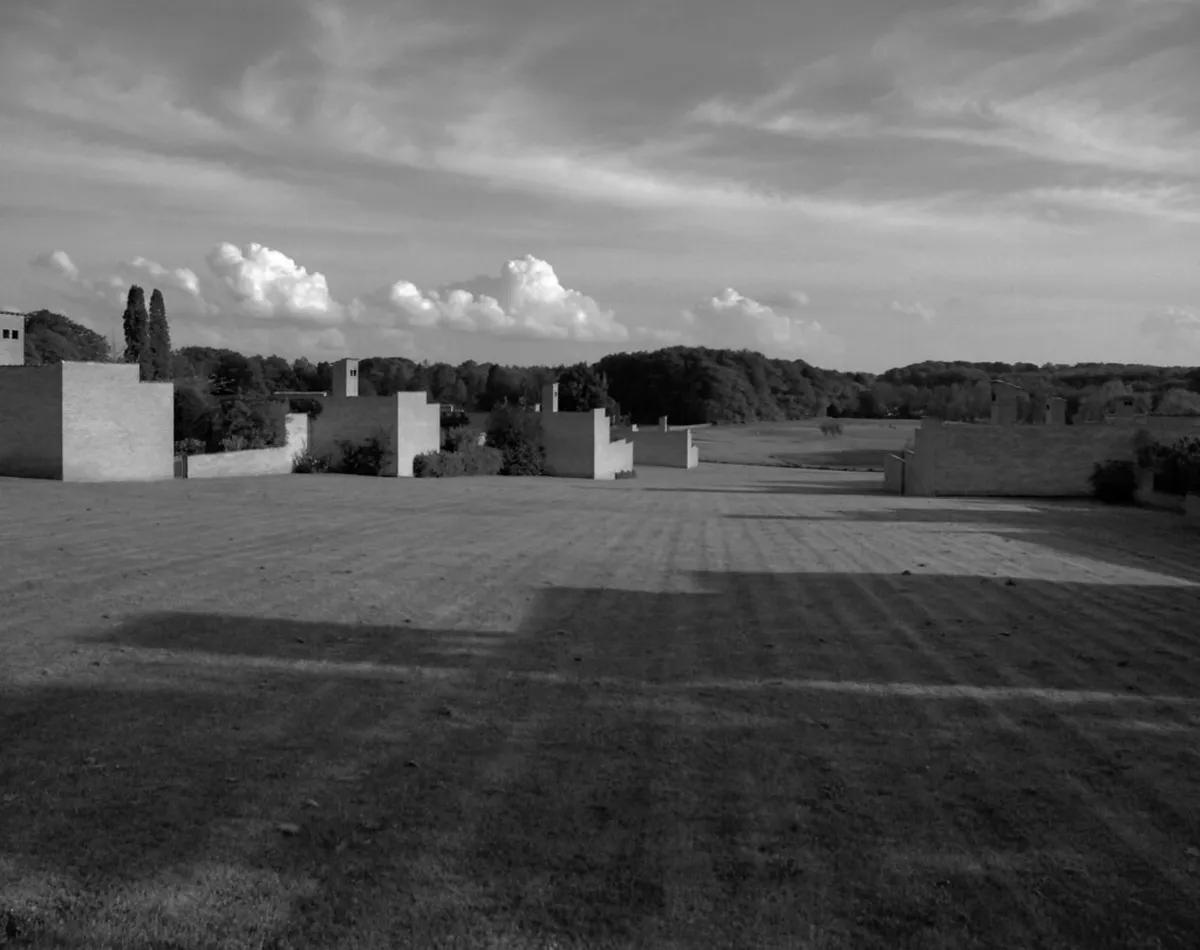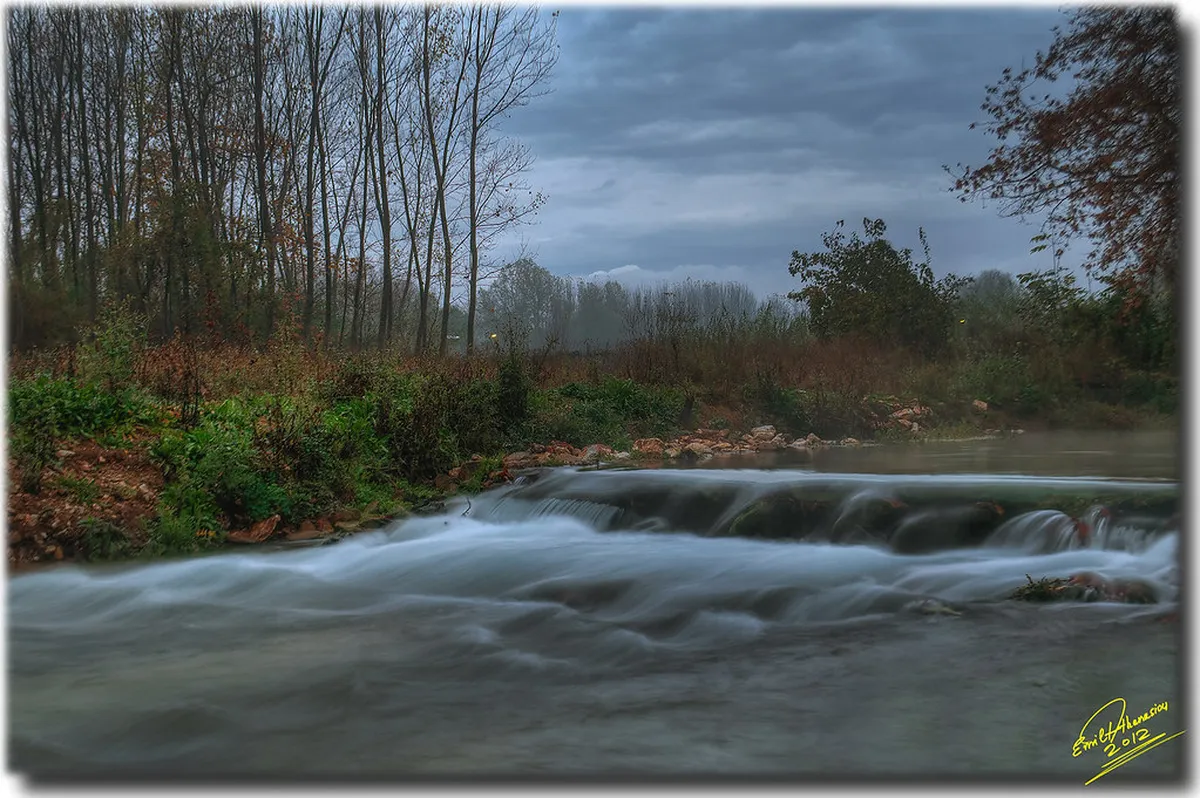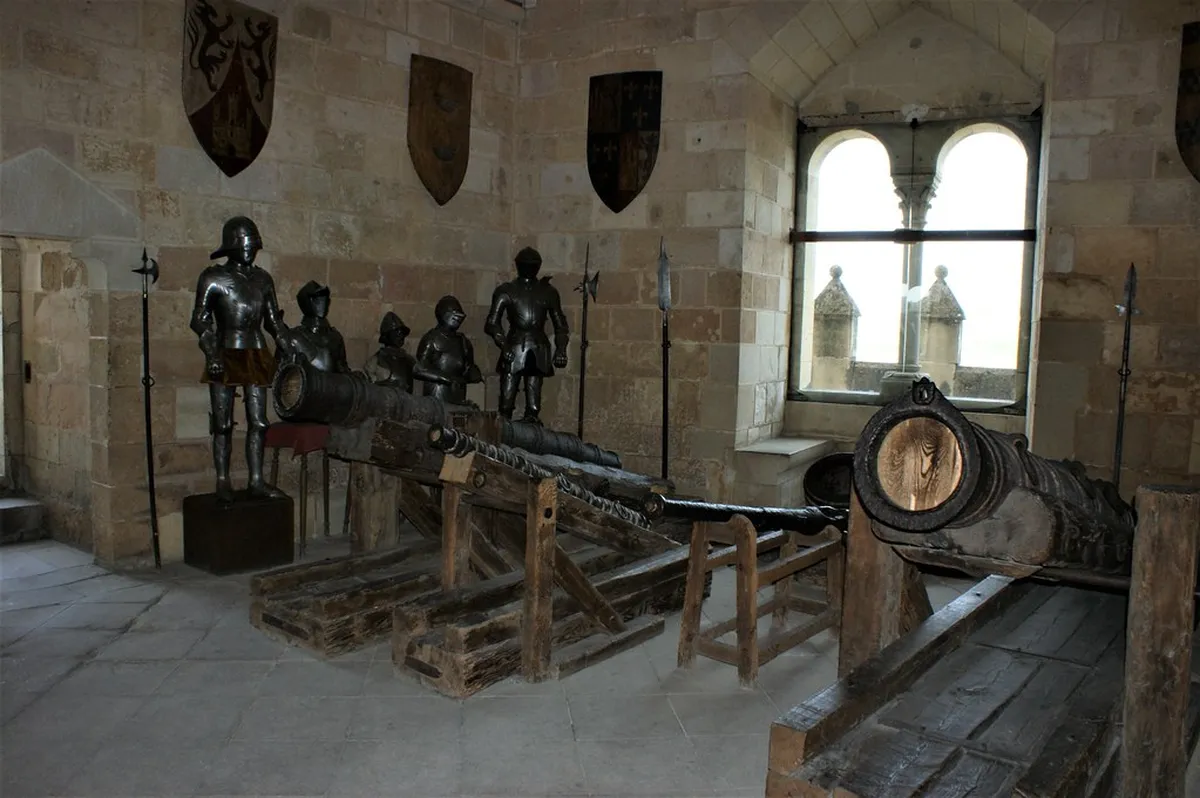Discover the Best Time to Visit Aarhus, Denmark
Aarhus, Denmark's vibrant second city, offers unique charm year-round. Choosing the best time to visit Aarhus significantly impacts your experience. This guide helps you plan your perfect 2025 trip. We cover seasonal weather, events, and crowd levels.
Understanding Aarhus's climate helps you pack wisely. You can also align your visit with exciting local happenings. Explore Aarhus itineraries to make the most of your journey. Let's find your ideal travel window.
Spring in Aarhus: March to May
Plan this trip faster with our free online itinerary maker. Get a personalized day-by-day plan in minutes.
Spring brings a gentle awakening to Aarhus. March remains cool, but April sees temperatures rising. By May, the city blossoms with fresh greenery. Average temperatures range from 5-15°C (41-59°F).
Crowds are generally moderate during springtime. You can enjoy attractions without major queues. This season offers a peaceful touring experience. Pack layers to adjust to changing conditions.
Events like Aarhus City Welcome often occur in spring. This festival celebrates new residents and culture. It's a great time for free things to do in Aarhus. Cafes open their outdoor seating areas.
Costs for accommodation and flights are reasonable. They typically fall outside peak summer prices. Early spring can be particularly budget-friendly. Consider booking your Aarhus stay in advance.
Enjoy pleasant weather for exploring outdoor sights. The Botanical Garden looks stunning in full bloom. Spring is a wonderful time to experience Aarhus's natural beauty. Consider a scenic walking tour.
Summer in Aarhus: June to August
Summer is Aarhus's peak tourist season. Long daylight hours create an energetic atmosphere. Temperatures are comfortably warm, averaging 18-22°C (64-72°F). Expect a lively city.
Crowds are at their highest during these months. Popular attractions like Den Gamle By will be busy. Book your Aarhus attraction tickets in advance. This saves time and avoids disappointment.
Aarhus hosts numerous festivals in summer. NorthSide Festival is a major music event in June. The Aarhus Festival, late August/early September, transforms the city. This large cultural event offers diverse performances.
Accommodation and flight prices are highest in summer. Plan your budget carefully for this period. Booking well in advance is crucial for good deals. Try to secure your travel arrangements early for 2025.
Enjoy outdoor dining and harbor activities. Take a dip at Aarhus Ø's harbor bath. Explore the city's vibrant food scene. Summer offers endless possibilities for enjoyment.
Autumn in Aarhus: September to November
Autumn offers a beautiful, golden hue to Aarhus. September enjoys mild temperatures, around 15°C (59°F). October and November become cooler, dropping to 5-10°C (41-50°F). The city feels crisp and inviting.
Crowds begin to thin after the summer rush. You will find shorter lines at museums and galleries. This season provides a more relaxed touring pace. It is ideal for cultural exploration.
The Aarhus Festival often extends into early September. Other local events and food markets appear. These showcase seasonal produce and crafts. Autumn is perfect for cozy indoor activities.
Travel costs are typically lower than in summer. You can find better deals on hotels and flights. This makes autumn a more budget-friendly option. It's an excellent time for value-conscious travelers.
The city's parks display stunning foliage. Dyrehaven (The Deer Park) is particularly beautiful. Enjoy long walks amidst vibrant autumn colors. Consider exploring day trip ideas from Aarhus.
Winter in Aarhus: December to February
Winter transforms Aarhus into a festive wonderland. Temperatures hover around 0-5°C (32-41°F). Snowfall is possible, especially in January and February. The days are short but often magical.
This is the quietest season for tourism. Crowds are minimal, providing an intimate experience. You can explore attractions at your leisure. The city feels authentically Danish and serene.
December is filled with Christmas markets. The city sparkles with festive lights and decorations. Enjoy traditional Danish 'hygge' in cozy cafes. January and February are calmer after the holidays.
Winter offers the lowest prices for travel and accommodation. It's ideal for a budget-conscious trip. Look for excellent deals on flights and hotels. This allows more spending on local experiences.
Explore museums like ARoS or the Moesgaard Museum. Warm up with traditional Danish pastries and coffee. The local cuisine is perfect for chilly days. Embrace the festive atmosphere or quiet solitude.
Aarhus Weather and Daylight Hours in 2025
Understanding Aarhus's climate helps you prepare. Summers have long daylight hours. The sun can stay up until 10 PM in June. This allows for extended sightseeing adventures.
Winters feature significantly shorter days. Daylight might last only 7-8 hours in December. Plan your outdoor activities accordingly. Most attractions adjust their hours for these changes.
Temperature averages across the seasons are important. January is coldest, with lows near -1°C (30°F). July is warmest, with highs around 22°C (72°F). Coastal breezes can make it feel cooler.
Rainfall is fairly consistent throughout the year. Always carry an umbrella or a rain jacket. This helps you stay dry during your explorations. Be prepared for all types of weather.
Forecasting tools are helpful for packing. Check the weather closer to your 2025 travel date. This ensures you have the right gear. Dress in layers for maximum comfort.
Major Festivals and Events in Aarhus
Aarhus hosts many cultural events annually. These festivals can greatly enhance your visit. Planning around them offers unique experiences. Check specific dates for 2025 as they approach.
One highlight is the NorthSide Festival. This popular music festival takes place in June. It attracts international and Danish artists. Book tickets early as they sell out fast.
The Aarhus Festival (Aarhus Festuge) is a major event. It occurs late August to early September. This city-wide festival celebrates arts and culture. It transforms public spaces with performances.
December brings charming Christmas markets. These offer festive food, drinks, and crafts. They are perfect for getting into the holiday spirit. Visit Den Gamle By for a traditional Christmas.
Other events include:
- SPOT Festival: Showcasing new Danish and Nordic music in May.
- Food Festival: Celebrating Nordic cuisine, usually in September.
- International Jazz Festival: Bringing top jazz artists to the city in July.
Frequently Asked Questions
When is Aarhus least crowded?
Aarhus sees fewer tourists during the winter months. December, January, and February are quietest. Early spring (March-April) and late autumn (October-November) also offer fewer crowds. These periods are ideal for a calm visit. Consider a comprehensive Aarhus itinerary for first-timers during these times.
What is the cheapest month to visit Aarhus?
Generally, January and February are the cheapest months. Accommodation and flight prices are lowest then. You can find excellent deals after the holiday rush. This makes winter a budget-friendly option. Explore Aarhus budget travel tips for more savings.
Is Aarhus good for a winter trip?
Yes, Aarhus is wonderful for a winter trip. The city offers a cozy, festive atmosphere. Enjoy Christmas markets in December or quiet museums in January. Embrace 'hygge' in charming cafes. Many top Aarhus sights remain open.
How many days do I need for an Aarhus visit?
A typical visit to Aarhus lasts 2-4 days. This allows time for major attractions. A longer stay lets you explore more deeply. Consider a 3-day Aarhus itinerary to see the highlights. This includes museums, the Latin Quarter, and the harbor.
Choosing the best time to visit Aarhus depends on your priorities. Summer offers vibrant festivals and long days. Spring and autumn provide mild weather with fewer crowds. Winter delivers festive charm and lower costs. Each season holds a unique appeal.
Plan your 2025 trip based on these insights. Whether you seek sunshine or cozy 'hygge', Aarhus awaits. Start planning your Danish adventure today. Explore public transport options for easy navigation.
Key Takeaways
- Summer (June-August) is best for warm weather and festivals, but expect crowds and higher prices.
- Spring (March-May) and Autumn (September-November) offer mild temperatures, fewer crowds, and moderate costs.
- Winter (December-February) is ideal for budget travel, festive markets, and a quieter experience.
- Always check specific 2025 event dates and book accommodations in advance, especially during peak season.
- Pack layers for unpredictable Danish weather, regardless of the season.



